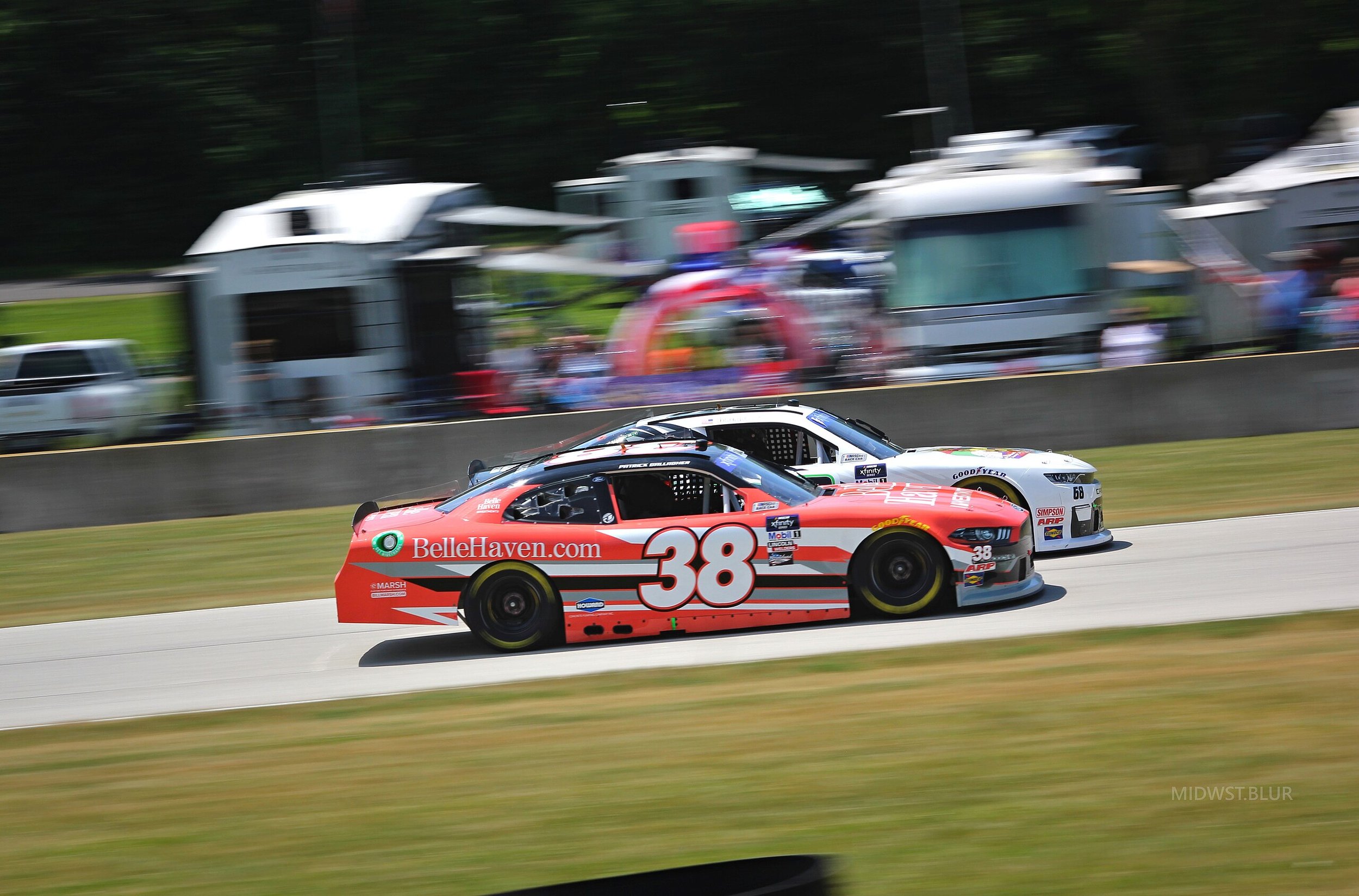
SpeedSF Blog
Every Build Has a Story – Meet the Cars of SpeedSF

Passing Etiquette: Making Space and Saving Face
Passing and braking are the last two things a driver learns to do well. We’ve broken down a series of basic rules to follow to help learn how to make the pass stick and how to do so safely.

Speed SF Challenge Laguna Seca: New Surface, New Records
New pavement and stellar weather meant our fastest drivers pushed harder than ever before at our latest Speed SF Challenge event.

Justin's Moore's Mustang GT: Practicality Pays Dividends
After a long, challenging relationship with a peanut-eye STI, Justin Moore decided to get in a more reliable car and take advantage of the great lapping days available to him. This ‘11 Mustang GT needed some work to get it into the S3 title contender it is now, but it hasn’t given him any reason to stay out of the seat.
